Picture yourself balanced on the edge of a cliff, heart racing, mind clear. This razor-thin space between comfort and chaos is your zone of resilience – a psychological sweet spot where growth meets challenge. Understanding survival psychology reveals that this zone isn’t just about enduring; it’s where we become stronger, smarter, and more capable wilderness travelers.
In Ontario’s vast wilderness, from the windswept shores of Lake Superior to the dense Boreal forests, this mental edge becomes your most reliable survival tool. Like a muscle that grows stronger under stress, your resilience expands when pushed to its limits – but only if you know how to recognize and stay within your optimal challenge zone.
Think of your zone of resilience as a personal thermostat for adventure. Set it too low, and you’ll never develop the skills needed for true wilderness competence. Push it too far, and you risk dangerous overwhelm. But find that sweet spot – where discomfort meets capability – and you’ve discovered the space where wilderness wisdom is born.
Whether you’re a weekend warrior or seasoned bushcrafter, understanding your zone of resilience isn’t just about survival – it’s about thriving in wild spaces while making smart, calculated decisions that keep you coming back for more adventures.
Understanding Your Zone of Resilience

The Sweet Spot Between Comfort and Panic
Picture yourself hiking through Algonquin Park – there’s a sweet spot where you’re alert and focused, but not panicked. This is your zone of resilience, where your mind and body work together perfectly to handle whatever nature throws at you. It’s one of the most important essential survival skills you can develop.
Think of it like adjusting the temperature of your morning shower. Too cold, and you’re stressed and tense; too hot, and you’re uncomfortable and unfocused. The perfect temperature lets you think clearly and respond effectively – that’s exactly what we’re aiming for in survival situations.
To find your sweet spot, start with controlled breathing exercises during your regular outdoor activities. Notice how your body feels when you’re comfortably challenged versus overwhelmed. On your next trail walk, practice staying in this zone by gradually pushing your comfort boundaries – maybe try a slightly more challenging route or extend your hiking time.
Remember, this isn’t about being fearless – it’s about maintaining a balanced state where you can make smart decisions while staying safe in Ontario’s wilderness.
Signs You’re Leaving Your Resilience Zone
Just like a canoe tipping slightly before capsizing, our minds give us warning signs when we’re approaching our stress limits in the wilderness. Recognizing these signals early can be the difference between maintaining composure and losing your cool on the trail.
Watch for physical indicators like rapid breathing, sweaty palms, or a racing heart – these are your body’s way of saying you’re moving beyond your comfort zone. You might notice your hands shaking while trying to start a fire or set up camp, or find yourself pacing unnecessarily.
Mental signs are equally important to monitor. If you’re having trouble focusing on simple tasks, feeling overwhelmed by basic decisions (like which trail to take), or experiencing racing thoughts, you’re likely stepping outside your resilience zone. Some people report feeling unusually irritable with hiking partners or becoming fixated on worst-case scenarios.
Common behavioral changes include rushing through important safety checks, becoming uncharacteristically quiet or overly talkative, or struggling to remember basic wilderness skills you normally handle with ease. These signs are especially common during challenging weather conditions or when facing unexpected situations in the backcountry.
Building Your Mental Toolkit
Wilderness Mindfulness Techniques
When you’re out in Ontario’s wilderness, staying mentally centered is just as crucial as having the right gear. Here are some simple mindfulness techniques you can practice anywhere, whether you’re hiking the Bruce Trail or camping in Algonquin Park.
Start with the “five senses check-in.” Take a moment to identify five things you can see (perhaps a white pine or a chickadee), four things you can touch (like rough tree bark or smooth river stones), three things you can hear (rustling leaves, flowing water), two things you can smell (pine needles, fresh earth), and one thing you can taste (maybe that wild berry tea you packed).
Practice “forest breathing” by finding a comfortable spot to sit. Breathe in slowly for four counts, hold for four, then release for four counts. Imagine your breath flowing like a gentle breeze through the trees. This technique helps regulate your heart rate and keeps you focused when challenges arise.
Try the “gratitude anchor” exercise. Choose something in your immediate environment – it could be a sturdy oak tree or a clear blue sky – and list three things you’re grateful for about it. This shifts your mind from potential threats to positive awareness.
Remember the “STOP” technique when you feel overwhelmed:
– Stand or sit still
– Take a deep breath
– Observe your surroundings
– Proceed mindfully
These simple practices help maintain your mental balance, keeping you within your zone of resilience while enjoying Ontario’s beautiful wilderness spaces.

The STOP Method for Crisis Management
When faced with wilderness emergencies, having a simple, memorable strategy can make all the difference. That’s where the STOP method comes in – a tried-and-true approach I’ve used countless times while guiding in Ontario’s backcountry.
S stands for Stop: The moment you realize you’re in a challenging situation, take a deep breath and stay put. Rushing around in panic only makes things worse and wastes precious energy.
T is for Think: Take stock of your situation. What resources do you have? What’s your most pressing concern? I remember once being caught in a sudden storm near Killarney – by thinking through my options calmly, I found perfect shelter under a rock overhang.
O means Observe: Look around and gather information about your surroundings. Check the weather, available natural resources, and potential hazards. Notice details like moss on trees or the sun’s position to help with navigation.
P represents Plan: Based on your observations, create a clear action plan. Break it down into small, manageable steps. For example, if you’re lost, your plan might be: find shelter, signal for help, conserve water, and wait for rescue.
Remember, staying within your zone of resilience means making decisions with a clear head rather than letting panic take over. I always tell my hiking groups: “The STOP method isn’t just about survival – it’s about staying calm enough to make smart choices when the pressure’s on.”
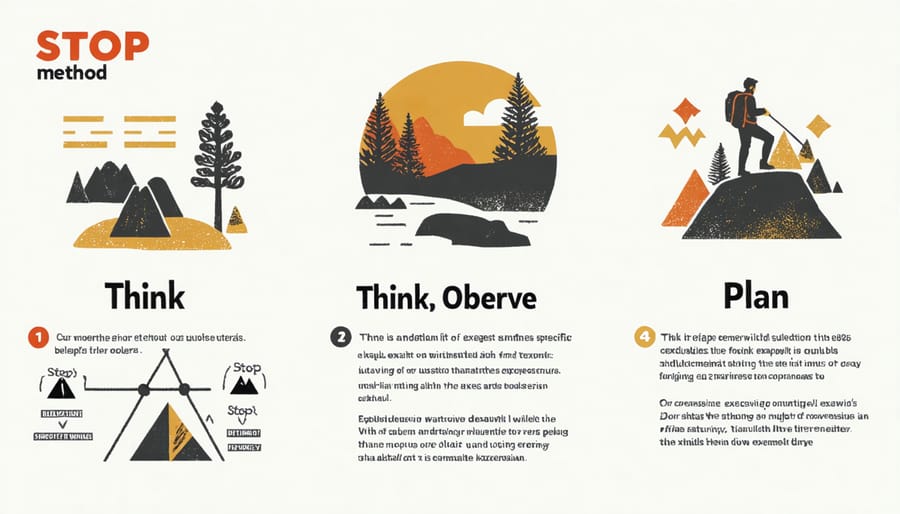
Real Stories from Ontario’s Backcountry
Meet Sarah Thompson, an experienced backcountry paddler from Thunder Bay, who discovered her zone of resilience during a challenging solo canoe trip in Quetico Provincial Park. “The weather turned suddenly, and I found myself facing three-foot waves on a large lake,” she recalls. “Instead of panicking, I felt this strange sense of calm and focus. That’s when I realized I had entered my resilience zone.”
Tom and Maria Chen, hiking enthusiasts from Toronto, share a similar experience from their winter trek in Killarney Provincial Park. When they lost their trail markers in heavy snow, they relied on their training and maintained their composure. “We remembered our wilderness training and found shelter. The ability to stay level-headed literally saved our lives,” says Tom.
Jack Miller, a wilderness guide with 20 years of experience in Algonquin Park, explains how he teaches clients to find their zone of resilience: “We start with controlled challenges – perhaps a moderately difficult portage or navigation exercise. It’s about building confidence gradually and learning to recognize when you’re operating at your best under pressure.”
The Northwest Outdoor Skills Program in Thunder Bay documented several cases where participants discovered their resilience zones during supervised wilderness challenges. One participant, Linda Rodriguez, describes her transformation: “After successfully managing a difficult river crossing, I realized I could handle much more than I thought. That confidence now extends beyond outdoor activities into my daily life.”
These stories share common threads: the initial challenge, the moment of accessing inner strength, and the lasting impact of these experiences. Dave Williams, a survival instructor from Sudbury, notes that “The zone of resilience isn’t just about surviving – it’s about thriving under pressure and learning from each experience.”
For newcomers to Ontario’s backcountry, these real-world examples offer valuable lessons. Start small, build experience gradually, and remember that everyone’s zone of resilience develops differently. As Sarah Thompson advises, “The key is to push your boundaries safely and systematically. Ontario’s wilderness provides the perfect training ground for developing this vital skill.”
Training Your Resilience Before You Need It
Just like building physical strength, mental resilience needs consistent exercise before you face challenging situations. Think of it as training for wilderness survival – you wouldn’t wait until you’re lost in Algonquin Park to learn how to start a fire, would you?
Start with small, controlled exposure to discomfort in your daily life. Take cold showers, practice controlled breathing during morning walks, or challenge yourself to complete tasks without checking your phone. These seemingly simple exercises build your tolerance for uncomfortable situations.
Here’s my favorite technique that I learned from a seasoned Ontario trail guide: the “5-4-3-2-1” grounding exercise. Whenever you feel overwhelmed, identify five things you can see, four things you can touch, three things you can hear, two things you can smell, and one thing you can taste. This helps anchor you in the present moment and prevents panic from taking over.
Another effective strategy is visualization. Before heading out on any wilderness adventure, spend time imagining potential challenges and mentally rehearsing your responses. Picture yourself staying calm while navigating through thick fog in the Frontenac highlands or maintaining composure during an unexpected storm.
Regular meditation and mindfulness practices also strengthen your resilience muscle. Even just 10 minutes daily of quiet reflection can significantly improve your ability to stay centered during stressful situations. Try practicing at local parks or nature areas to build association with outdoor environments.
Remember, building resilience is like filling a reservoir – you want it full before you need to draw from it.
Developing your zone of resilience is a journey that begins with small steps and grows through consistent practice. By incorporating the techniques we’ve discussed – from mindful breathing to scenario visualization – you can strengthen your mental fortitude for whatever challenges Ontario’s wilderness might present. Remember, resilience isn’t about never feeling fear or stress; it’s about maintaining clarity and effectiveness despite these natural responses.
Start by practicing these skills during your regular outdoor activities. Try deep breathing exercises during your next hiking trip, or use visualization techniques while planning your camping routes. The more you integrate these practices into your everyday adventures, the more naturally they’ll come to you in challenging situations.
Consider keeping a journal to track your progress and reflect on your experiences. Share your knowledge with fellow outdoor enthusiasts and learn from their experiences too. Most importantly, be patient with yourself as you develop these skills – building resilience is like building any other muscle, it takes time and dedication.
By staying committed to expanding your zone of resilience, you’re not just preparing for wilderness challenges – you’re enriching your entire outdoor experience in Ontario’s beautiful landscapes.



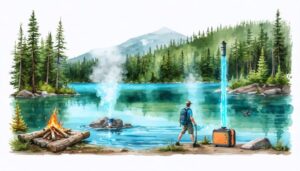



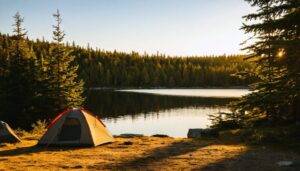
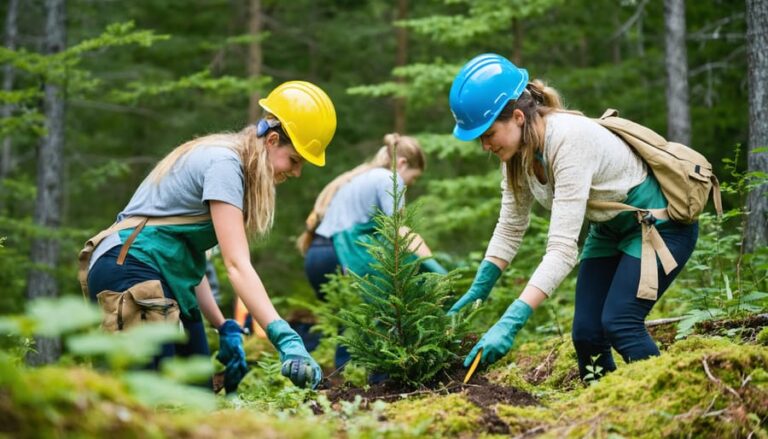

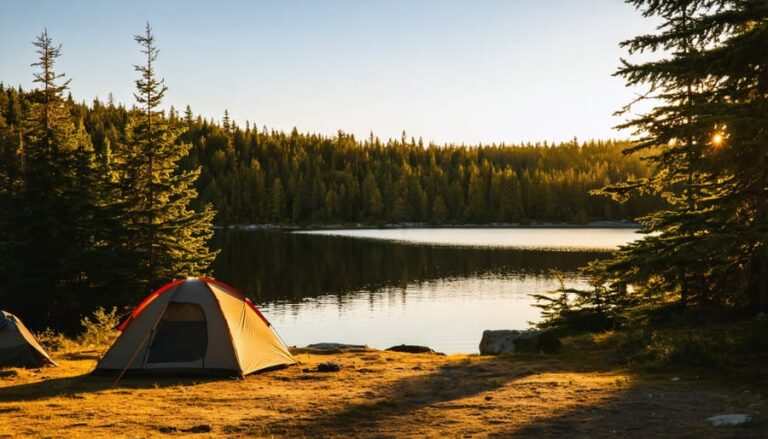
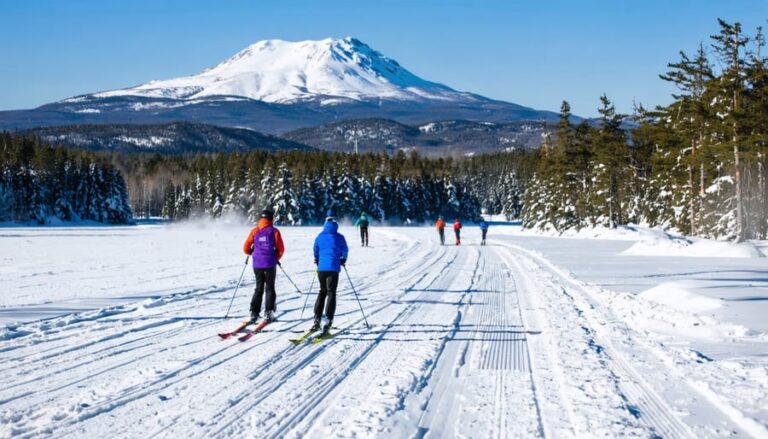

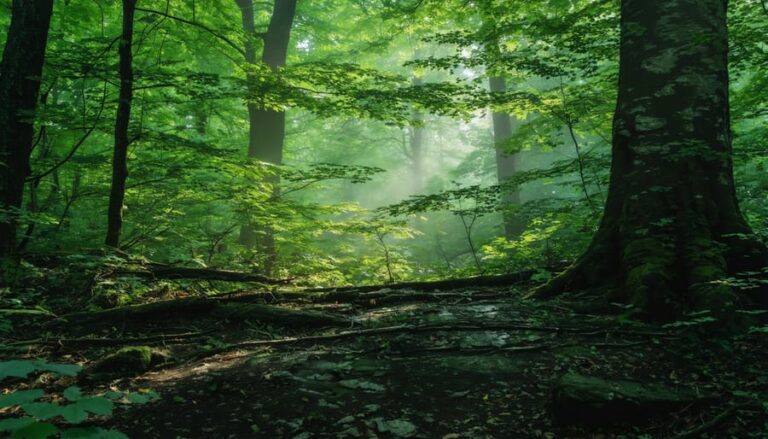
+ There are no comments
Add yours